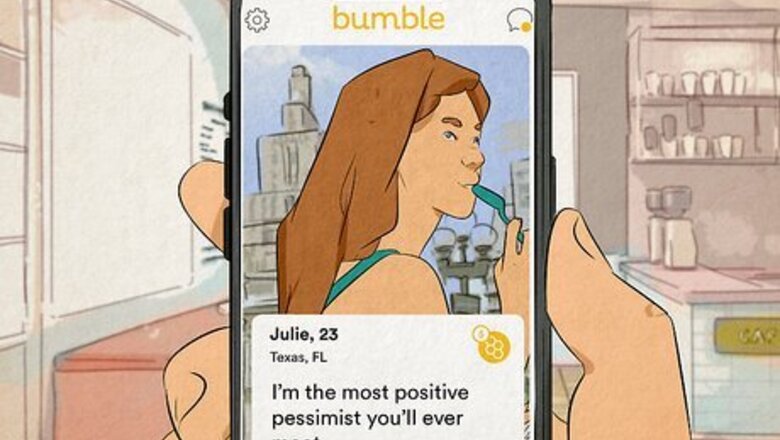
views
T4T Definition

T4T is an abbreviation of “trans for trans.” The term became more well-known in the early 2000s on Craigslist personal ads, where trans people carved a separate space for themselves beyond the “m” and “w” binary on the platform. T4T is still used by trans individuals on modern dating apps who are seeking out safety and connection from a partner who will understand their trans experiences. A desire for safety and understanding is deeply understandable, especially when you look at trans statistics. Research published by the National Center for Transgender Equality in 2015 shows that over 45% of surveyed trans individuals were victims of sexual assault, while over 50% dealt with intimate partner violence.
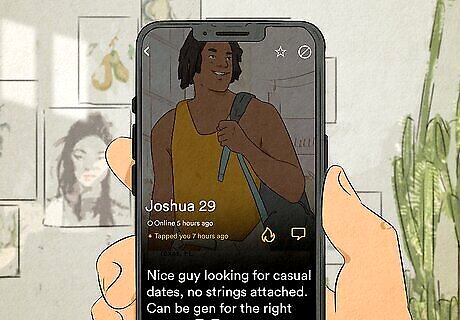
T4T represents advocacy, support, and love in the trans community. While T4T is commonly associated with dating apps, it taps into a much deeper and more pervasive theme within the trans community. T4T represents carving out an intentional space by trans people for trans people—it’s about the care and support that exists within trans circles and the importance of trans people advocating for fellow members of their community. T4T is about creating environments where trans people can exist solely as themselves without cisgender influences or expectations. Cisgender is a term used for people whose gender identity matches their sex at birth.
T4T History
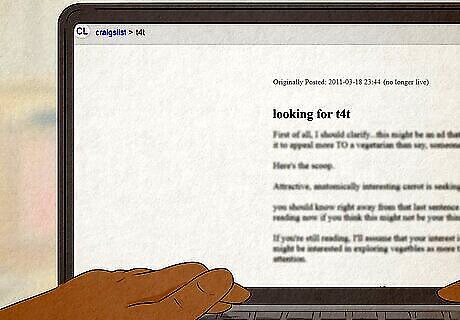
T4T was popularized on Craigslist in the early 2000s. Back when Craigslist still had personal ads (which were officially banned in 2018), trans users would include “t4t” in their listings to show that they were trans individuals seeking other trans individuals. This helped remove the need for trans people to post in the cisgender-dominant “m” and “w” labels.
Who Can Use T4T

Only trans people should use T4T. T4T is rooted in the trans community, and its sole purpose is to foster connection, community, and advocacy within said community. If you’re a cisgender individual, you don’t have a good reason to use T4T in any capacity, dating app or otherwise. Using “T4T” on a dating app as a cisgender person is a pretty dishonest thing to do, as T4T is so deeply centered within the trans community. It’s great to be open-minded and accepting of your potential date’s gender identity, but it isn’t great to specifically search for trans people on a dating platform (especially while masquerading as a trans individual by using “T4T” in your profile).
Other Trans Terminology

AFAB/AMAB AFAB stands for Assigned Female at Birth, while AMAB stands for Assigned Male at Birth. These terms can be a helpful contextual tool for understanding someone’s trans experience, but they shouldn’t be used to classify a trans person’s gender identity. Sex assigned at birth is an anatomy-based concept based on the genitalia a person has when they’re born. Always respect a trans person’s preferred pronouns rather than using a term like “AMAB” or “AFAB” to refer to them.
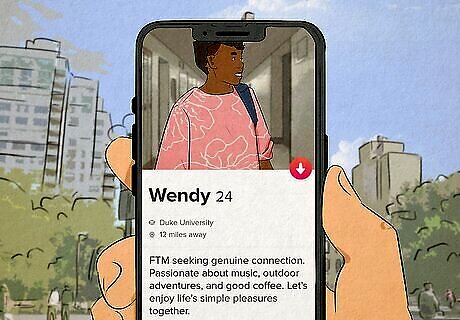
FTM/MTF FTM stands for Female to Male, while MTF stands for Male to Female. Both abbreviations describe and provide context for a trans person’s transitioning experience. Some people may use “F2M” or “M2F,” which mean the same thing.
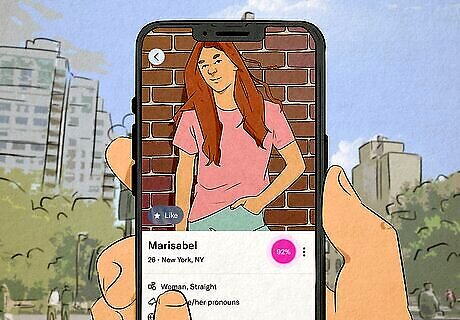
Gender PLFAG defines gender as “a set of socially constructed roles, behaviors, activities, and attributes that a given society considers appropriate related to a person’s assigned sex.” Gender and sex are separate concepts.

Genderqueer The Human Rights Campaign defines genderqueer people as “typically [rejecting] notions of static categories of gender and [embracing] a fluidity of gender identity and often, though not always, sexual orientation.”

Gender dysphoria Gender dysphoria is the intense anguish and discomfort a person feels when their sex assigned at birth doesn’t match their gender.

Gender euphoria Gender euphoria is the deep joy and satisfaction felt when a trans individual’s gender is respected by the people around them, and/or when their presentation matches their gender identity.

Non-binary (or enby) Non-binary is a gender identity that doesn’t exist within the male/female binary. The term “non-binary” can mean lots of different things to lots of people—one non-binary person might feel like they fall between the traditional labels of “male” and “female,” while another non-binary individual might feel like they exist beyond the gender binary. The term “enby” is an abbreviation of “non-binary,” but it’s only used by non-binary individuals labeling themselves. Some non-binary people may identify as trans depending on their personal experiences.











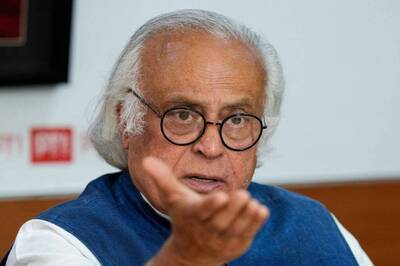



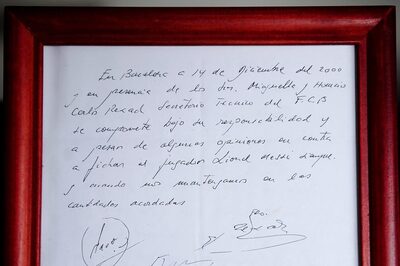


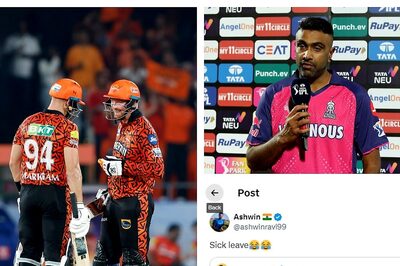

Comments
0 comment